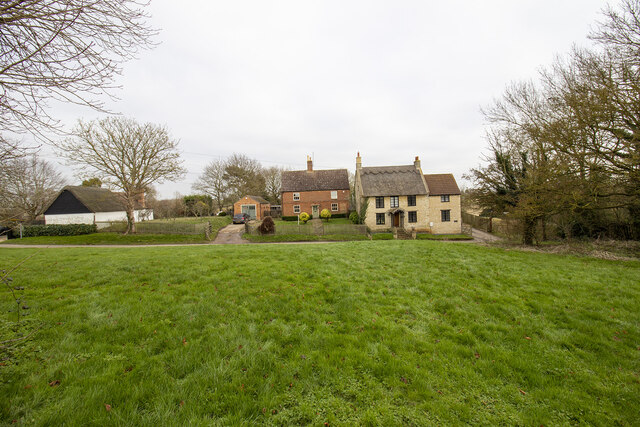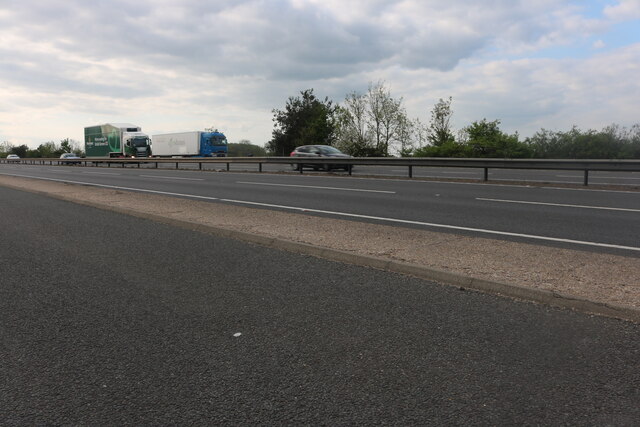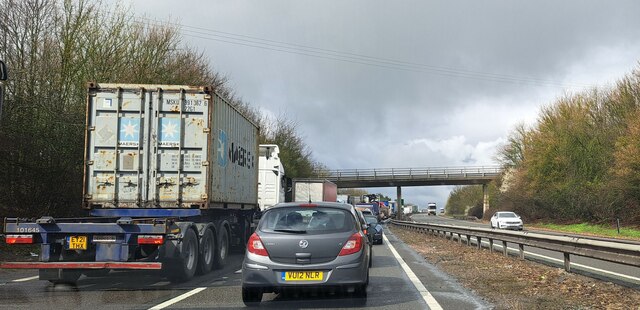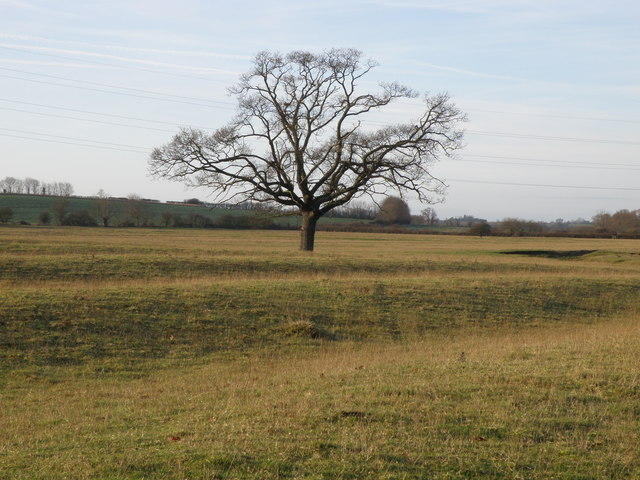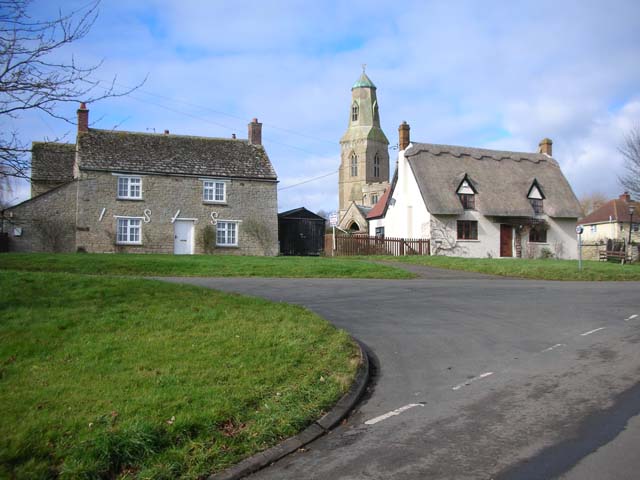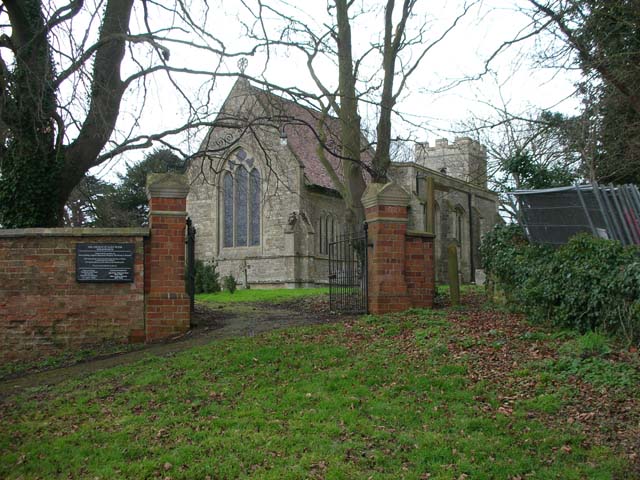Keyston
Settlement in Huntingdonshire Huntingdonshire
England
Keyston

Keyston is a small village located in the district of Huntingdonshire, Cambridgeshire, England. Situated approximately 12 miles to the west of Huntingdon, Keyston is a rural settlement nestled amidst the picturesque countryside. The village is home to a population of around 150 residents, creating a tight-knit community atmosphere.
The history of Keyston dates back to medieval times, with evidence of human occupation in the area since the Roman era. The village is characterized by its traditional architecture, with many historic buildings still standing, including the Grade I listed All Saints Church, which dates back to the 13th century. The church is renowned for its beautiful stained glass windows and intricate woodwork.
Agriculture plays a significant role in the economy of Keyston, with the surrounding fields primarily used for arable farming and livestock grazing. The village is surrounded by expansive farmland, providing a scenic countryside backdrop and offering opportunities for outdoor activities such as walking and cycling.
Keyston benefits from its proximity to nearby towns and cities, with Huntingdon and Cambridge both easily accessible. Residents can enjoy the peace and tranquility of village life while still having access to modern amenities and services.
Overall, Keyston is a charming village with a rich history, idyllic countryside scenery, and a strong sense of community. It offers a peaceful retreat from the bustle of urban life, making it an attractive place to live or visit for those seeking a rural English experience.
If you have any feedback on the listing, please let us know in the comments section below.
Keyston Images
Images are sourced within 2km of 52.364588/-0.467657 or Grid Reference TL0475. Thanks to Geograph Open Source API. All images are credited.




Keyston is located at Grid Ref: TL0475 (Lat: 52.364588, Lng: -0.467657)
Administrative County: Cambridgeshire
District: Huntingdonshire
Police Authority: Cambridgeshire
What 3 Words
///beanbag.revisits.grudge. Near Raunds, Northamptonshire
Nearby Locations
Related Wikis
Keyston
Keyston is a village and former civil parish, now in the parish of Bythorn and Keyston, in Cambridgeshire, England. Keyston lies approximately 12 miles...
Bythorn and Keyston
Bythorn and Keyston is a civil parish in the Huntingdonshire district of Cambridgeshire, England. According to the 2001 census the parish had a population...
Bythorn
Bythorn is a village and former civil parish, now in the parish of Bythorn and Keyston, in Cambridgeshire, England. Bythorn lies approximately 11 miles...
Molesworth, Cambridgeshire
Molesworth is a village and former civil parish, now in the parish of Brington and Molesworth in Cambridgeshire, England. Molesworth is 10 miles (16 km...
Nearby Amenities
Located within 500m of 52.364588,-0.467657Have you been to Keyston?
Leave your review of Keyston below (or comments, questions and feedback).
